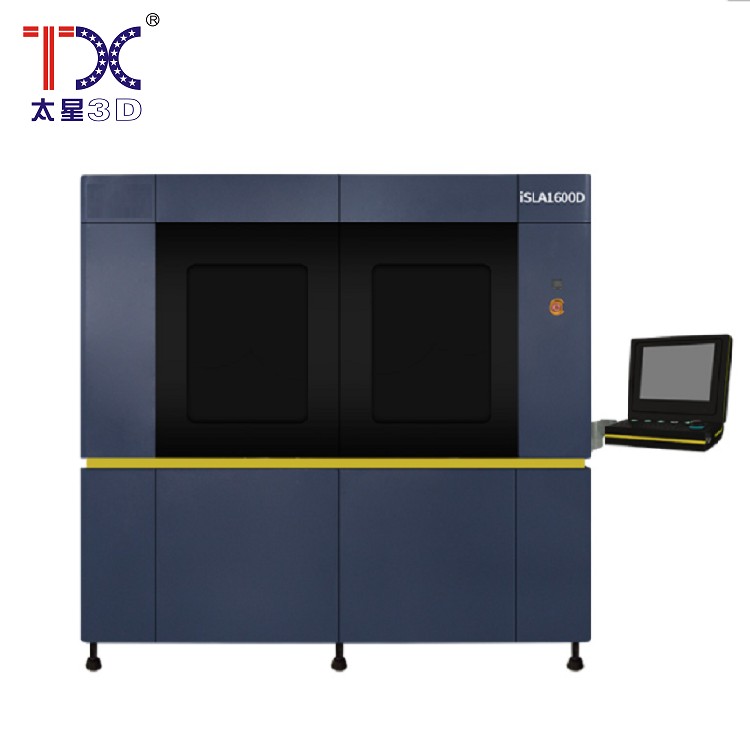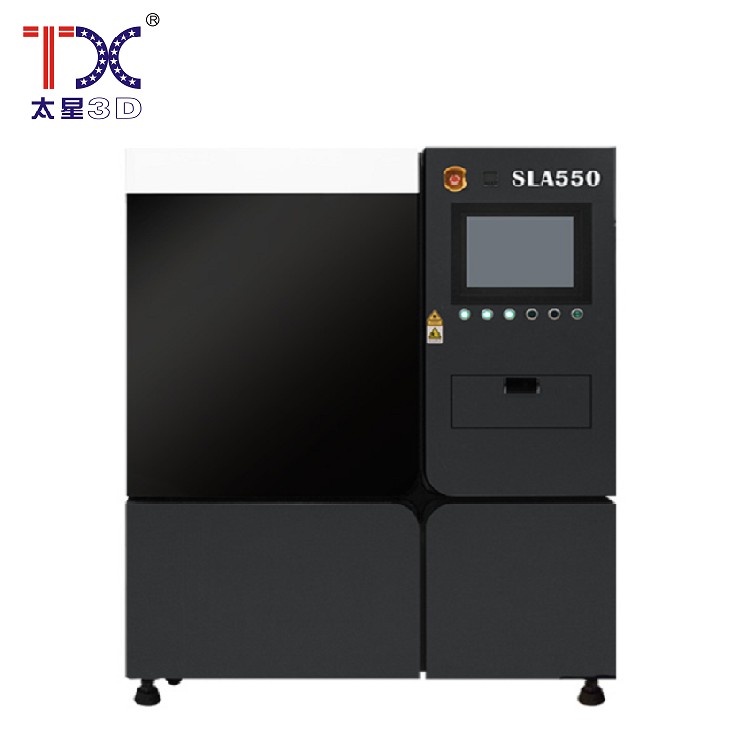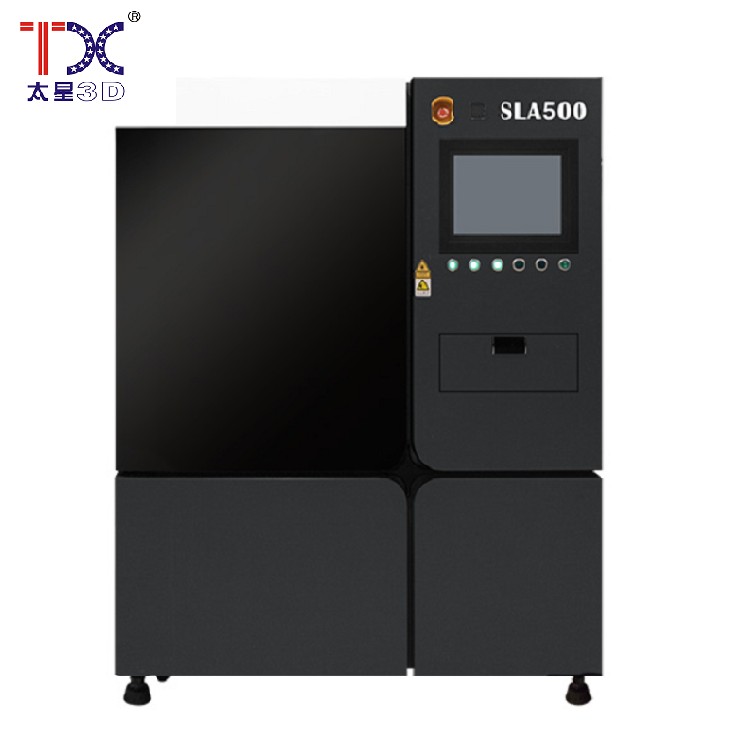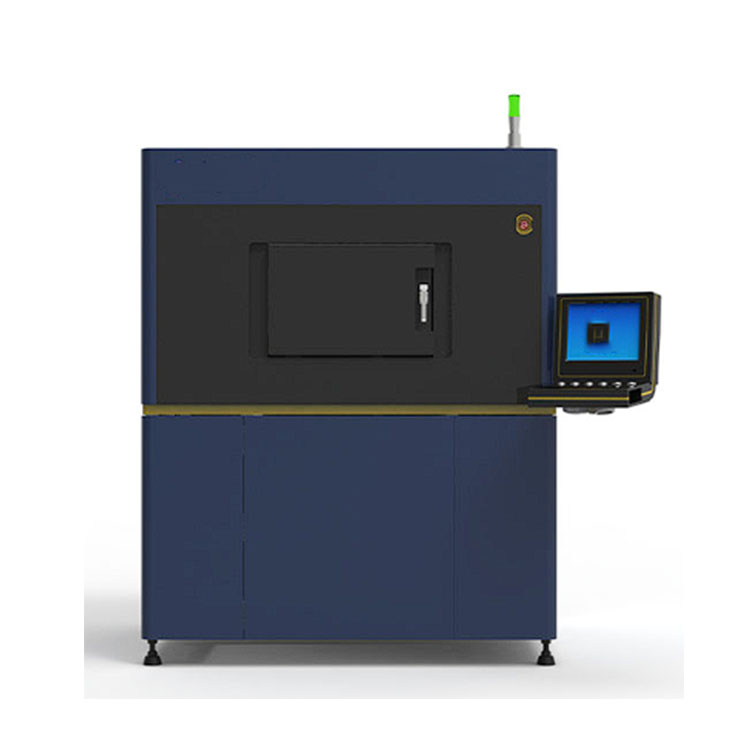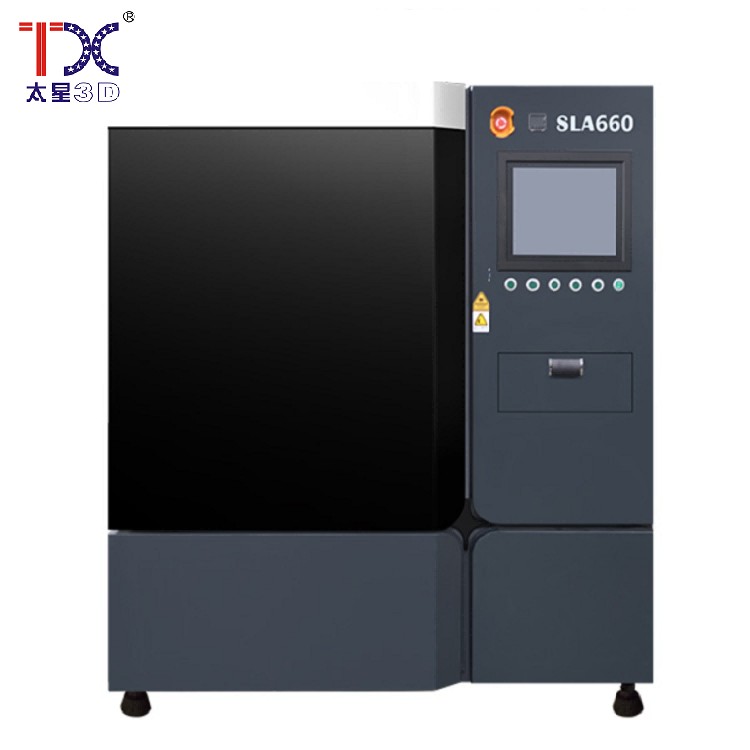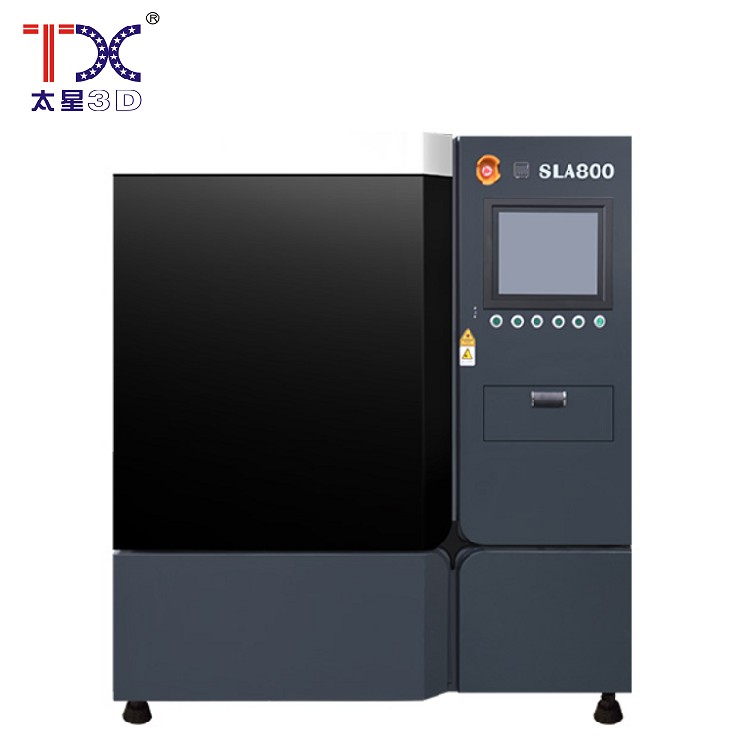
Pyato -axis machine
Pyato -axial machine: accuracy and speed in metalworking
A five -axis machine is a complex, but extremely powerful machine used to process metals. Imagine an ordinary milling machine, but with much greater flexibility. Instead of moving only in three dimensions (up and down, right and left, forward-back), a five-axis machine can control the movement of five axes-adding two more. These additional axes open amazing opportunities for creating complex and exact details.
How do additional axes work?
Additionally, the axes allow the machine to rotate and tilt the processed part. This allows you to achieve complex geometry, which cannot be obtained using ordinary machines. It is as if you could change the angle of view when creating a sculpture, achieving a completely new perspective and accuracy. Instead of processing a part along one trajectory, the machine can move and rotate it, reaching complex curves and surfaces. The machine control system is extremely complicated, but allows you to program traffic on all five axes at the same time, increasing the efficiency and accuracy of work.
Advantages of five -axis processing
The use of Pyato -axis machines brings many advantages. Firstly, they allow you to create parts with extremely complex geometry, which is impossible or extremely difficult with other methods. This means that you can create parts of a complex form with high accuracy. Secondly, five-axis processing accelerates the production process, since the machine performs many operations at the same time. Thirdly, this allows you to reduce the amount of marriage, since high processing accuracy minimizes the need for alterations. As a result, five -axis machines are a powerful tool for creating high -quality and complex parts in a wide range of industries, from aircraft industry to automotive industry.
In conclusion, a five -axis machine is not just a machine, it is a tool for embodying the most daring ideas in metalworking. Its flexibility and accuracy open new horizons in design and production.
AppropriateProducts
Corresponding products
The best soldproducts
The best -selling products-
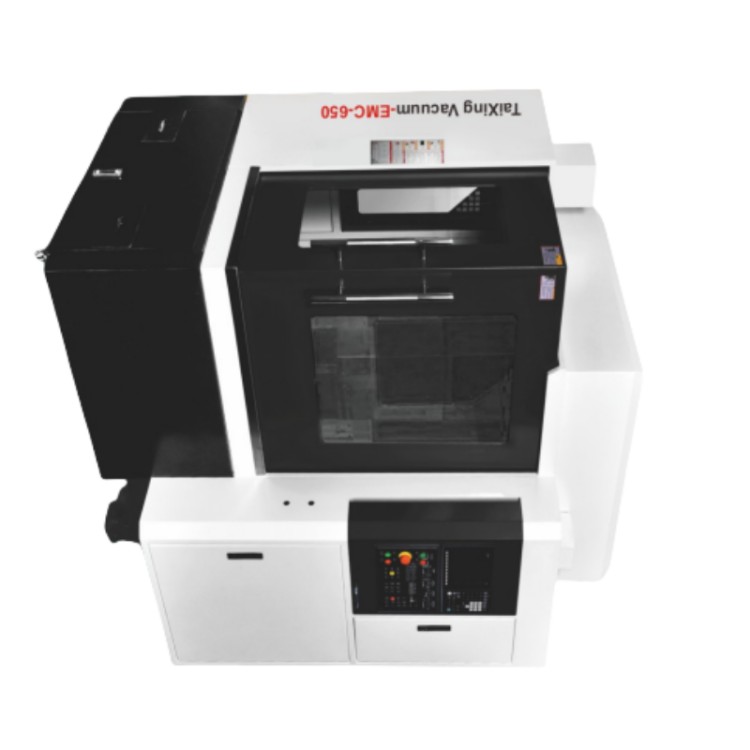 Taisin Gravity-milling machine EMC-650
Taisin Gravity-milling machine EMC-650 -
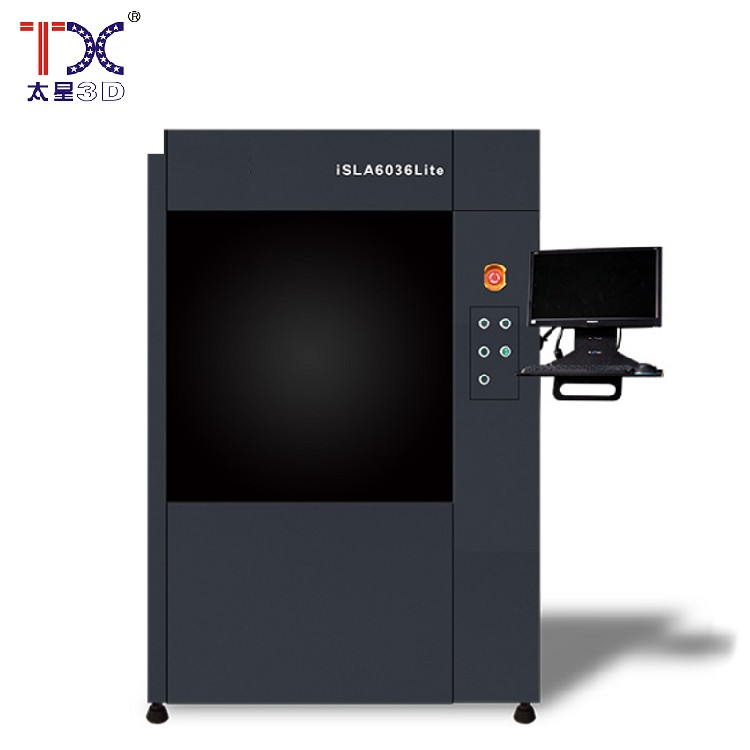 Taisin Light-adopted 3D printer SLA6036
Taisin Light-adopted 3D printer SLA6036 -
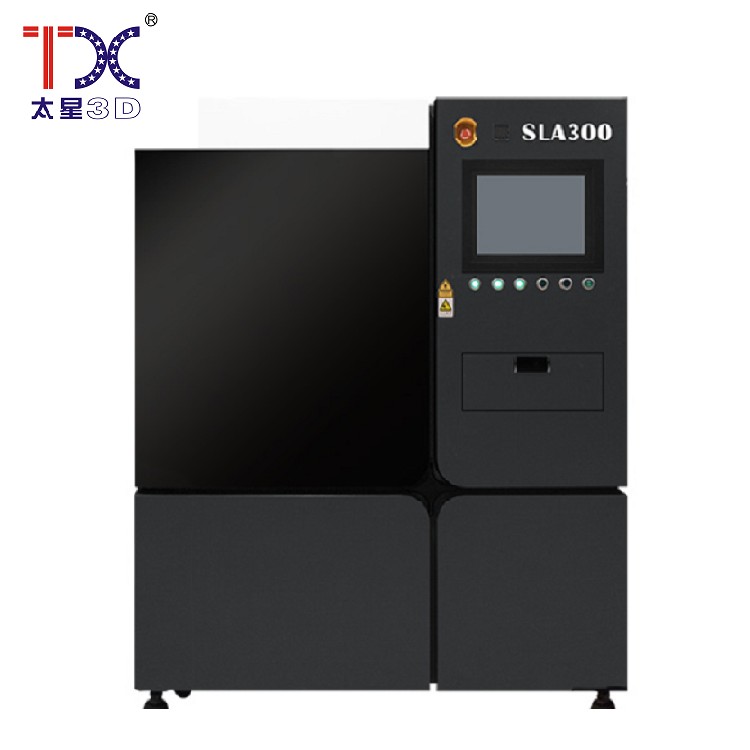 Taisin Light-adoptive 3D printer SLA300
Taisin Light-adoptive 3D printer SLA300 -
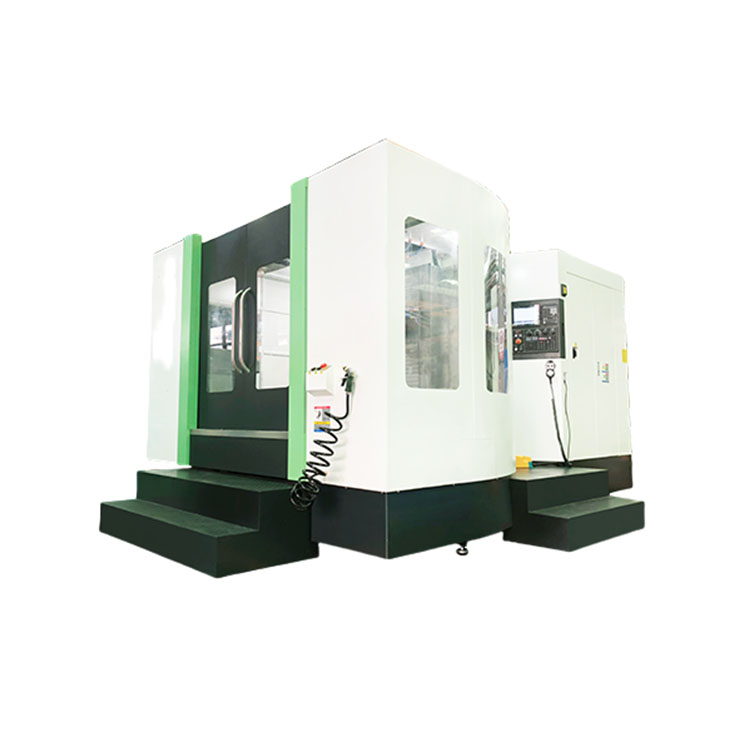 Taisin horizontal processing center with CNC High accuracy HMC TXHD-630
Taisin horizontal processing center with CNC High accuracy HMC TXHD-630 -
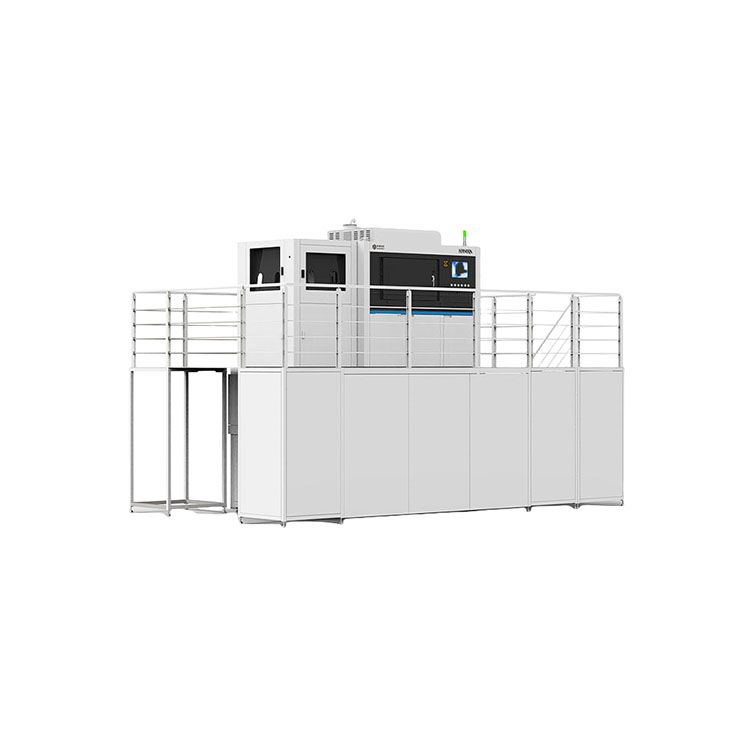 Taisin Metal 3D printer ISLM800QN
Taisin Metal 3D printer ISLM800QN -
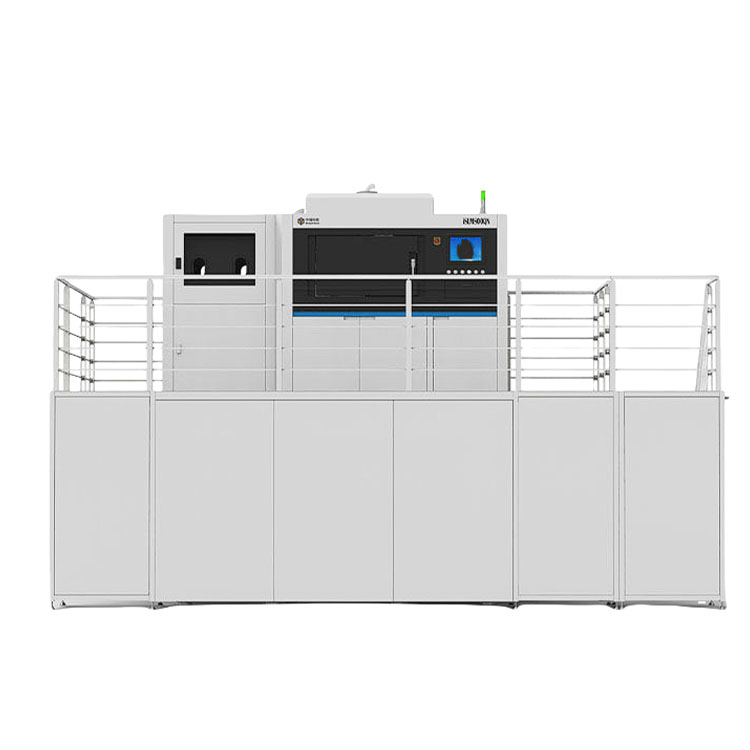 Taisin Metal 3D printer ISLM600QN
Taisin Metal 3D printer ISLM600QN -
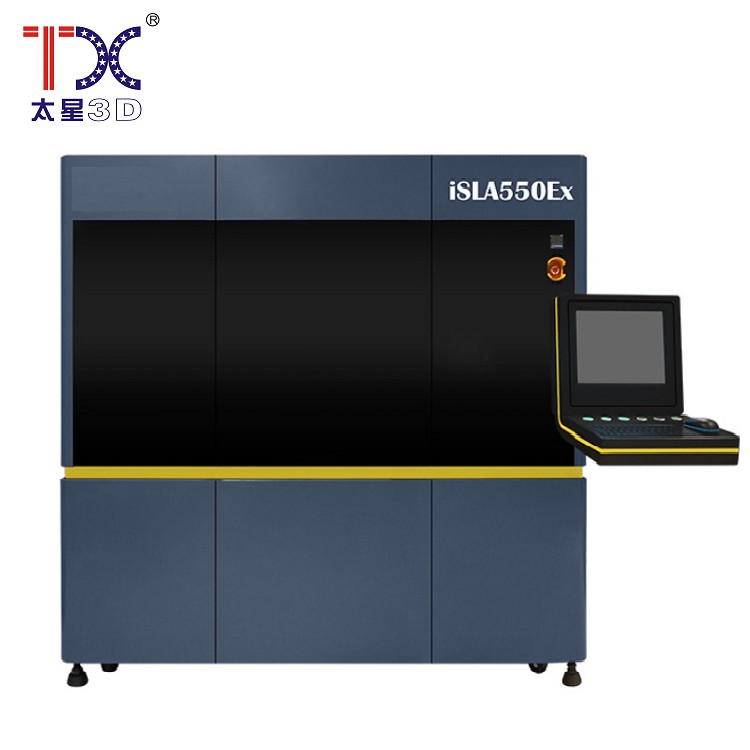 Taisin Light-adoptive 3D printer SLA550EX
Taisin Light-adoptive 3D printer SLA550EX -
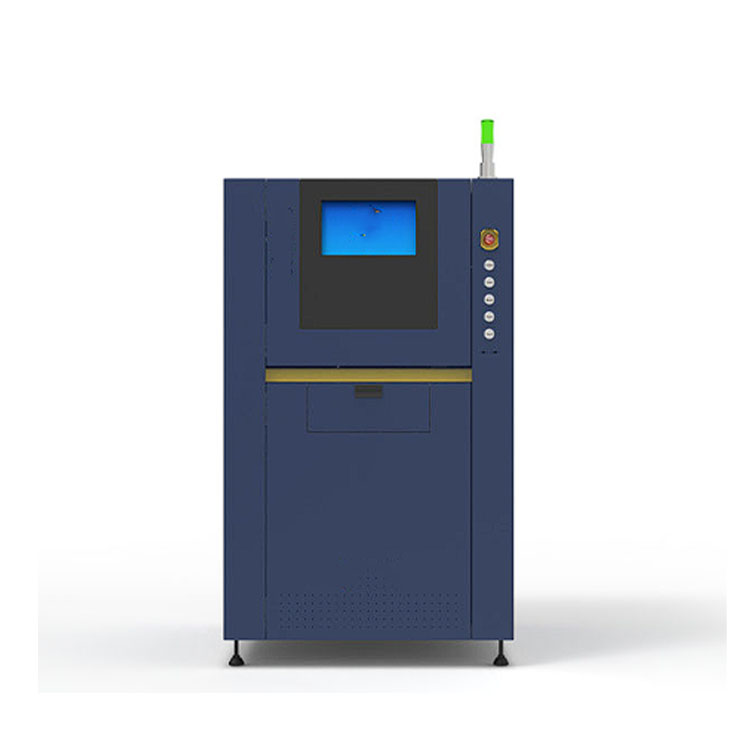 Taisin Metal 3D printer SLM160
Taisin Metal 3D printer SLM160 -
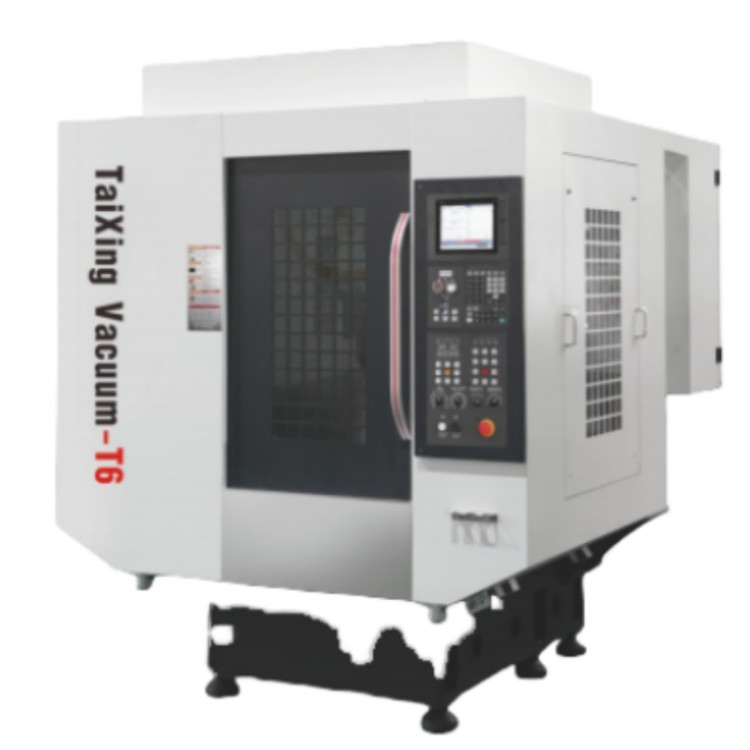 Taisin high-speed drilling and threaded machine TX-T6
Taisin high-speed drilling and threaded machine TX-T6 -
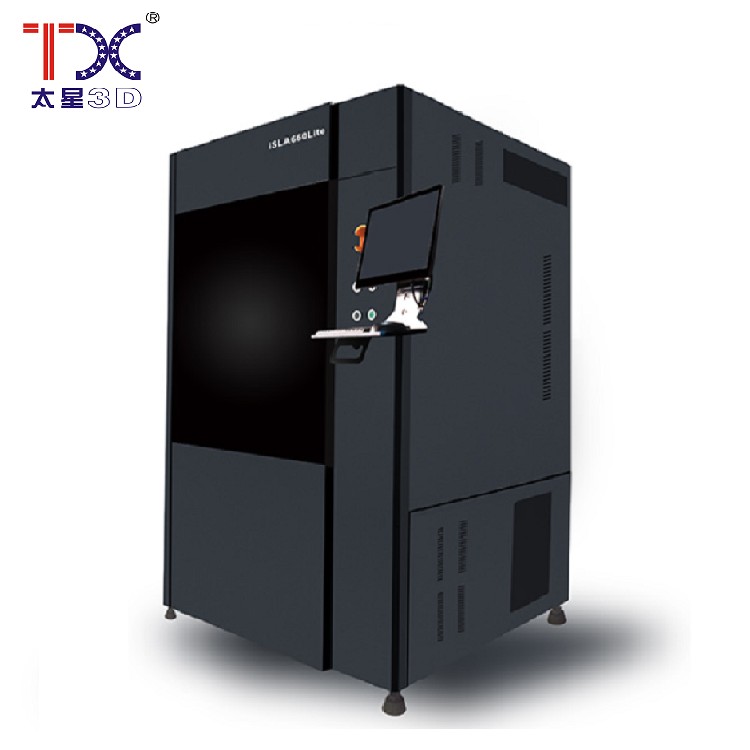 Taisin Light-adopted 3D printer SLA660Lite
Taisin Light-adopted 3D printer SLA660Lite -
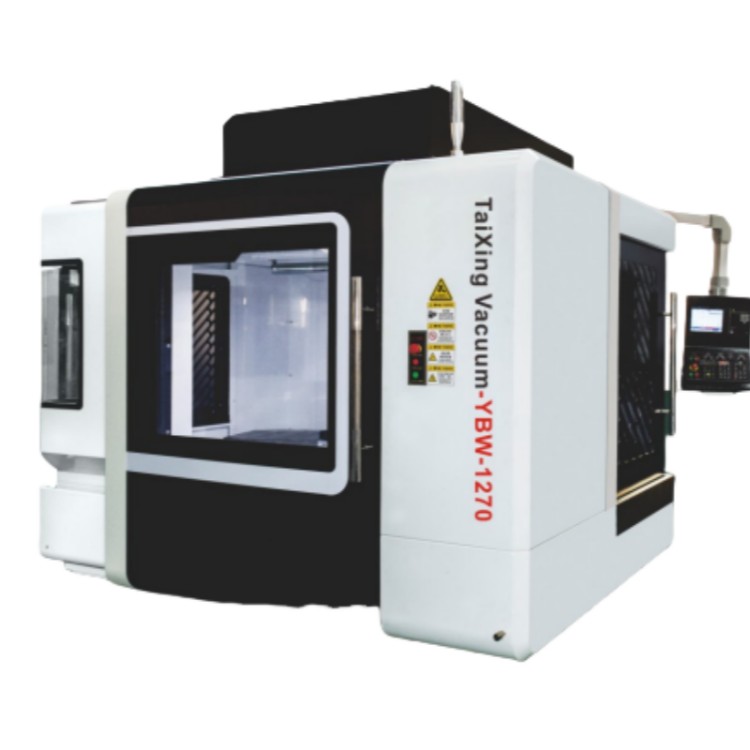 Taisin horizontal processing center YBM-1270
Taisin horizontal processing center YBM-1270 -
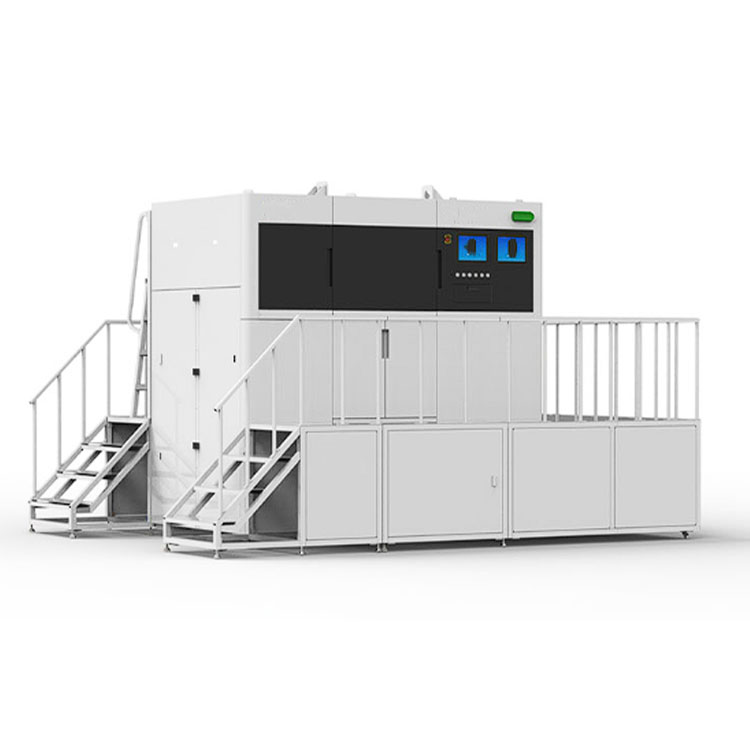 Taisin Metal 3D printer ISLM500D
Taisin Metal 3D printer ISLM500D
Connectedsearch
Related search- Cheap manufacturers of 3D printing models
- Cheap factories for the production of polymeric materials
- Cheap 3D factory security seals
- Cheap suppliers of CNC with high shafts
- Cheap factory axes of CNC machines defined
- Chinese manufacturers of CNC machines with two axes
- Cheap factories of the movement of the CNC wheel axis
- Chinese suppliers of CNC machines with two axes
- Cheap factories for 3D printing support structures
- Cheap suppliers of 3D printing parts






